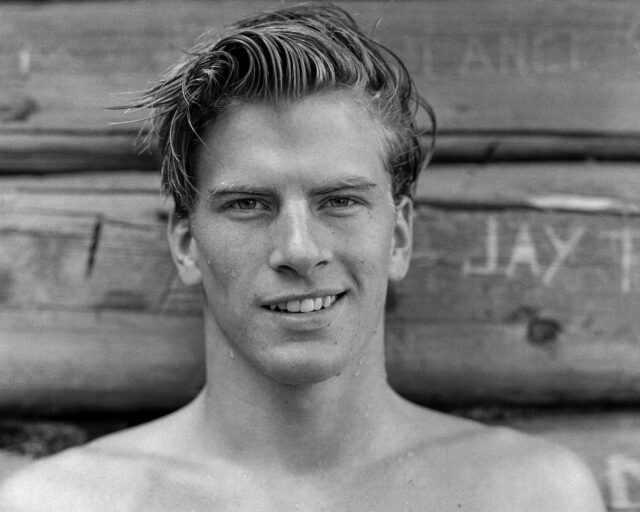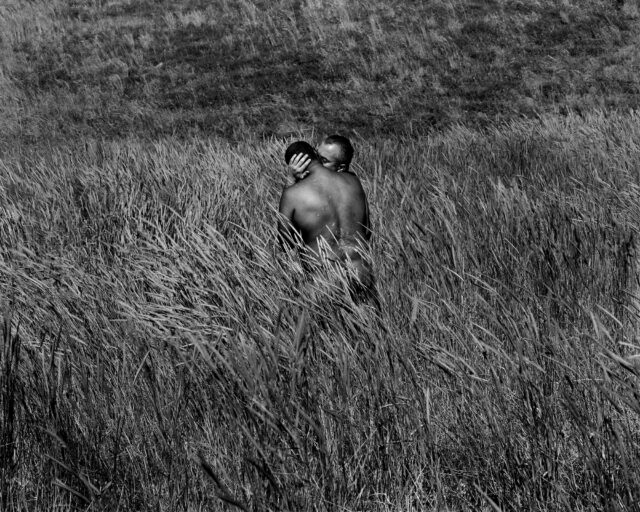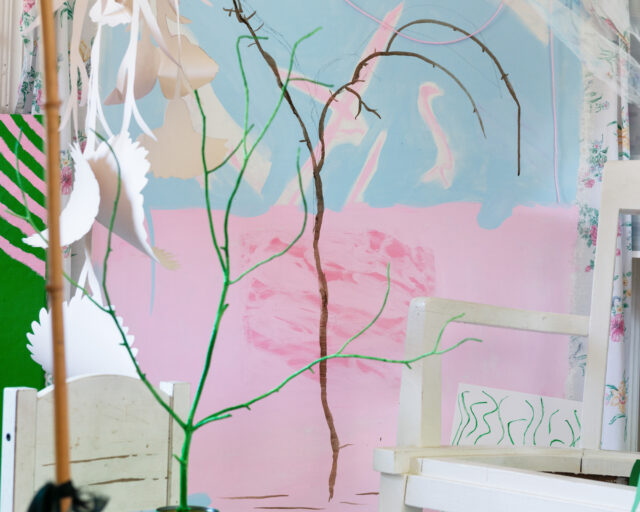From Stonewall to AIDS, Framing Queer Desire
Between the Stonewall riots of 1969 and the height of the AIDS crisis in the 1990s, what did queer desire look like in photography? In September, the Museum of Modern Art convened a Forum on Contemporary Photography focused on the homoerotic trajectory across two decades of rebellion, liberation, and activism. “Photography has played a central role in the articulation of queer desire,” said Chris Boot, executive director of Aperture Foundation. In his presentation at the forum, which also included panelists Vince Aletti, Philip Gefter, Sophie Hackett, and Lyle Ashton Harris, Boot discussed the work of American and British photographers who pushed the boundaries of representing queer lives and bodies.
“Looking back on the period between Stonewall and the onset of AIDS, we can see how particular photographers shaped a visual language that has become part of the vocabulary of male queer identity,” Boot recalled. “It’s is a thread of photo history we’ve looked at through a series of publications at Aperture—books by and about David Wojnarowicz, Jimmy DeSana, and George Dureau, and with a survey of the work of Peter Hujar coming out next spring. The discussion at MoMA revealed just how rich the subject is, and notwithstanding the attention that Mapplethorpe’s work is getting at the moment, how much there is still to be done.”
Click here to watch a video of the MoMA Forum, recorded on September 15, 2016.

























